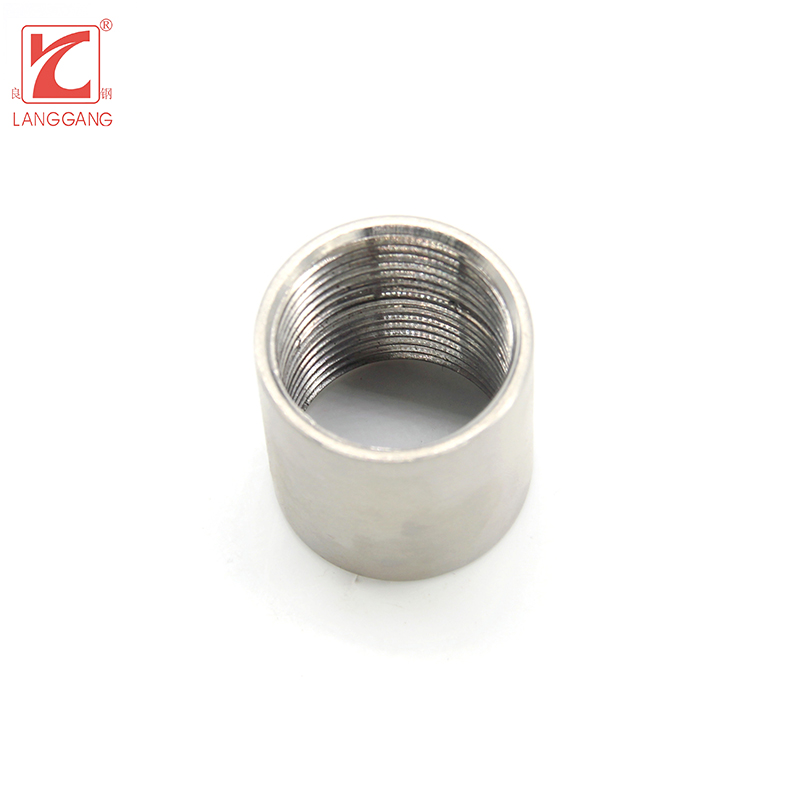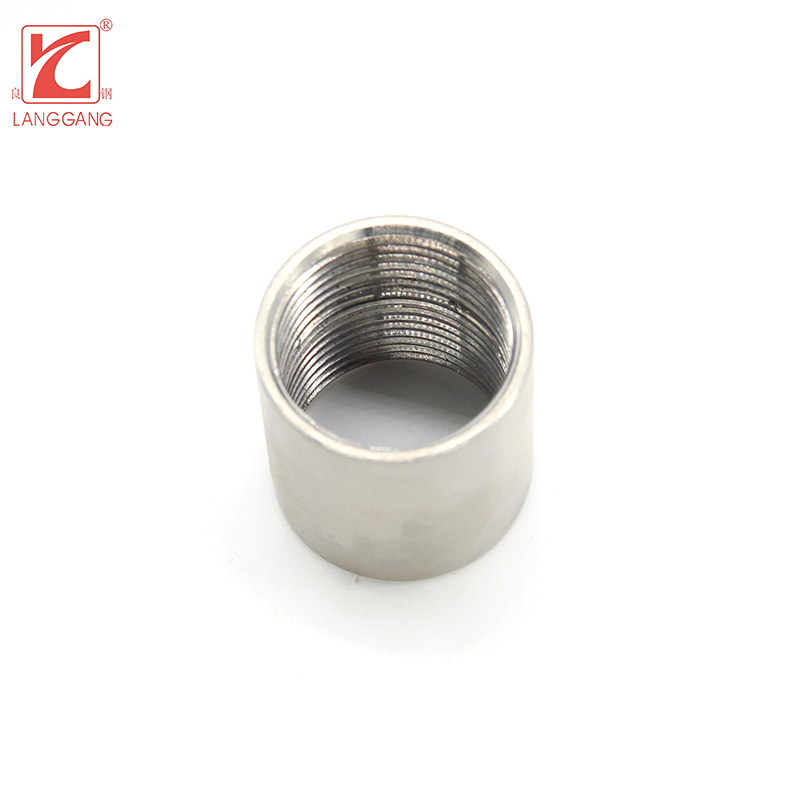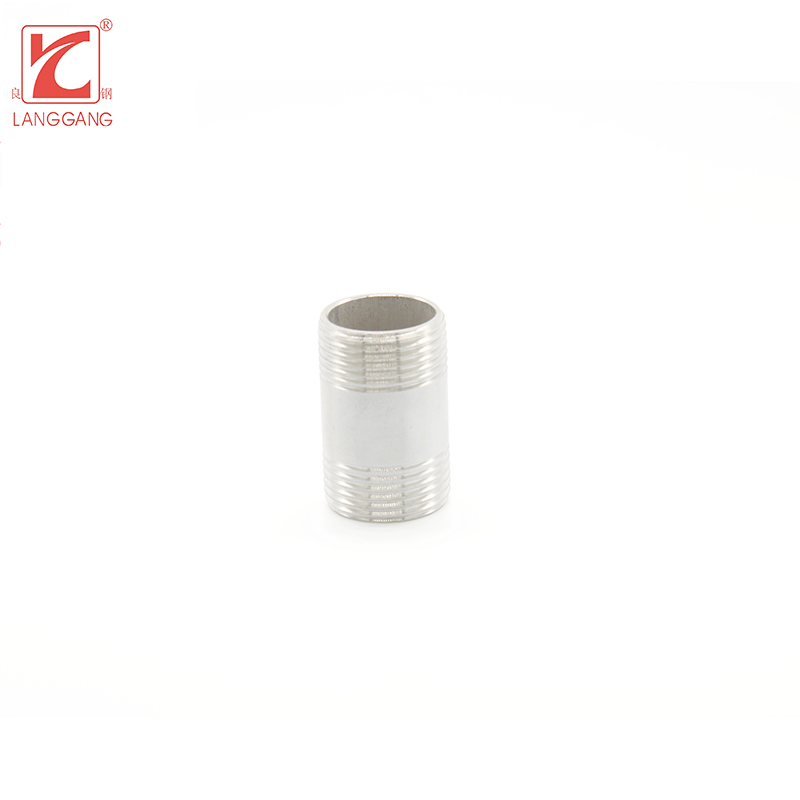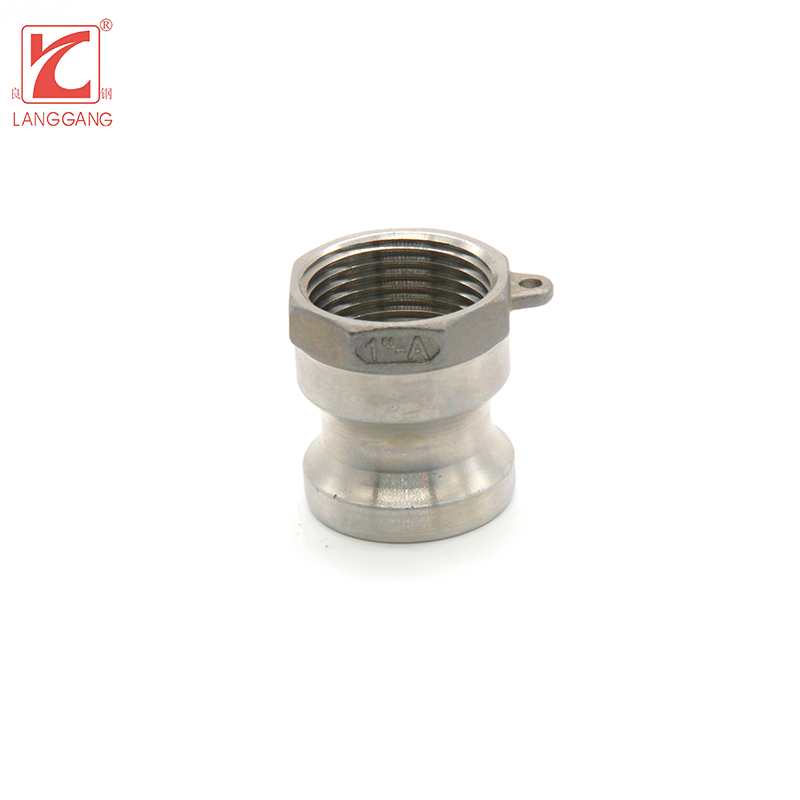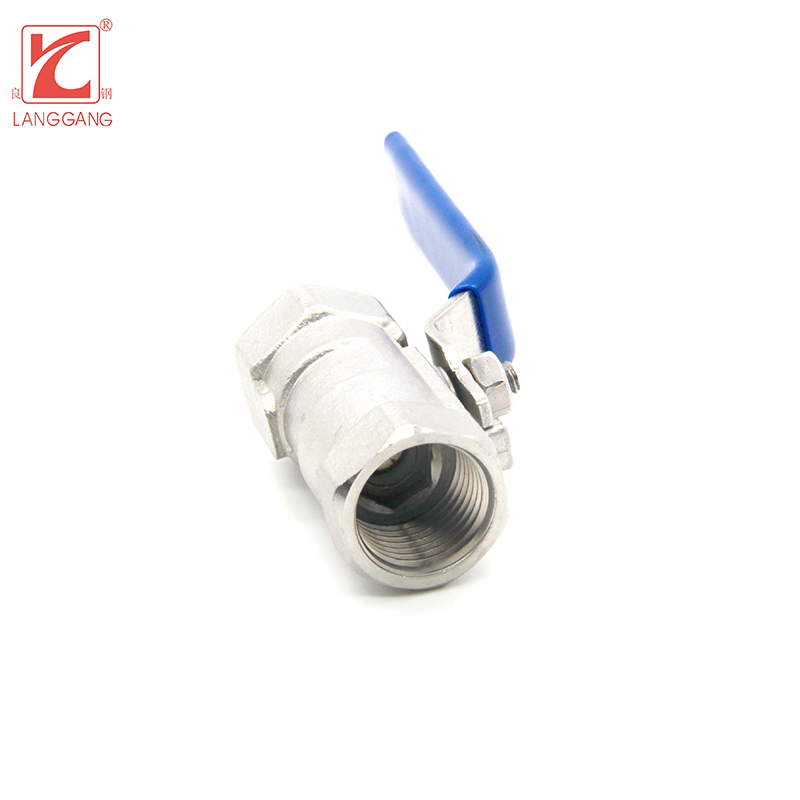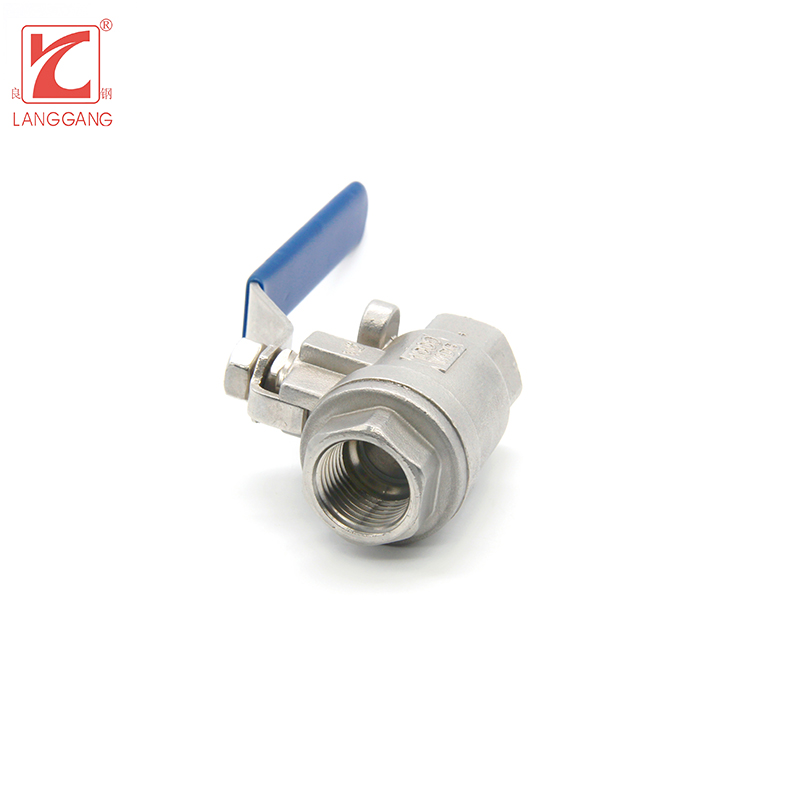Flanges,Secure Connection
Introduction
Flanges are connectors used to join pipes, valves, pumps and other tubing systems components. They provide a leak-proof and secure connection between two or more devices, allowing for the transfer of fluids, gases or materials under pressure. Flanges help distribute loads and stresses across a larger surface area, preventing point loading that could damage the connecting parts. There are many types of flanges available in the market, each designed for specific applications based on material, shape, size, and physical properties.
The most common types of flanges are weld neck, slip-on, threaded, socket weld, and blind flanges. Weld neck flanges are used for high-pressure applications and are welded to the pipe. Slip-on flanges are easy to install and are used for low-pressure applications. Threaded flanges are screwed onto the pipe and are used for low-pressure applications. Socket weld flanges are welded to the pipe and are used for high-pressure applications. Blind flanges are used to close the end of a pipe or valve and are available in different materials and sizes.
Flanges are made from a variety of materials including carbon steel, stainless steel, alloy steel, and brass. The choice of material depends on the application and the operating conditions. Flanges are also available in different ratings such as Class 150, Class 300, Class 600, and Class 1500. The rating indicates the pressure that the flange can withstand.
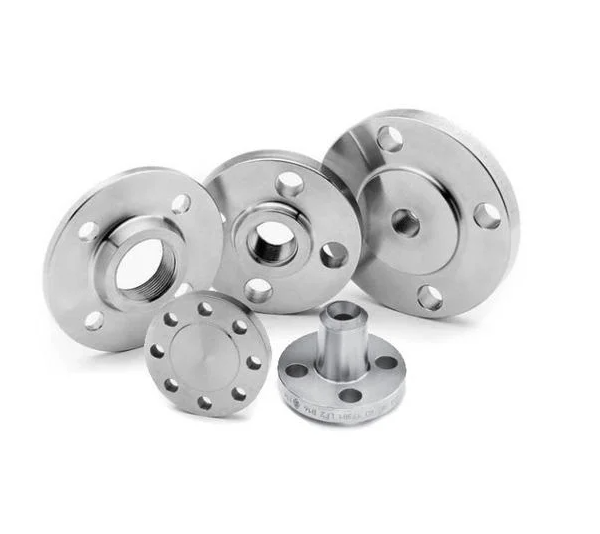
Types of Flanges
1. Weld Neck Flanges: These flanges have a long tapered neck that is welded to the pipe or tube, providing a strong and secure connection. In addition, they allow for easy access to clean or inspect the pipeline.
2. Slip-On Flanges: These flanges slide over the pipe or tube, and are then welded to create a tight seal. Slip-On flanges are easier to install and remove than the weld neck flanges.
3. Blind Flanges: Blind flanges are used to close off the end of a piping system. They have no through-hole, which prevents the flow of fluids or gases, but allows for pressure testing of the system.
4. Threaded Flanges: These flanges have an internal thread, which screws onto the pipe or tube. Threaded flanges are ideal for low-pressure, non-critical applications, because they are not as strong or secure as welded flanges.
5. Socket Weld Flanges: Similar to threaded flanges, socket weld flanges also connect to the pipe or tube by welding. However, they have a socket-shaped recess that houses the pipe end, making them stronger than threaded flanges.
6. Lap Joint Flanges: Lap joint flanges are used when the alignment of bolt holes is critical. These flanges have a flat face and are designed to slide over the pipe end, but not make contact with the center bore.
7. Orifice Flanges: Orifice flanges are used in industries where flow rate or pressure needs to be controlled through systems. They have special holes which allow for precise measurement and control of fluid flow rates.
Advantages
Here are some key features of flanges:
1. Strength and Durability: Flanges are designed to withstand high pressures and temperatures, making them extremely durable.
2. Corrosion Resistance: Depending on the material used, flanges can be highly resistant to corrosion, which is especially important in applications involving corrosive fluids or environments.
3. Easy Installation: Flanges are relatively easy to install compared to other pipe connection methods like welding, as they do not require any special tools or equipment.
4. Versatility: Flanges come in a wide range of sizes, types, and materials, allowing them to be used for various piping systems and applications.
5. Flexibility in Design: Flanges can be designed with different configurations depending on the application requirements. For example, weld neck flanges have a long tapered neck that reduces stress on the joint while slip-on flanges slide over the pipe and are easier to install.
6. Compatibility with Other Components: Flanges can be easily connected with other components such as valves or fittings, providing a secure connection between two pipes or components.
7. Availability: Flanges are widely available from various manufacturers worldwide, making it easy to find the right type of flange for your specific application needs.
8. Easy Maintenance: If there is a leak or damage in a piping system that involves flanges, they can be easily replaced without having to replace an entire section of pipe or other equipment.
Functions&Designs
Flanges are designed to provide a secure connection between two pipes or components in a piping system. They have several key functions, including:
1. Creating a seal: Flanges are used to create a seal between two pipes or components, preventing leaks and ensuring that the fluids or gases flowing through the system stay contained.
2. Providing access: Flanges can be designed with openings that allow for easy access to the interior of the piping system, making it easier to inspect or maintain the system as needed.
3. Distributing stress: By distributing stress across the surface of the flange, rather than focusing it on one area of the pipe, flanges help to prevent damage to the piping system over time.
4. Allowing for flexibility: Piping systems often need to flex and move slightly due to changes in temperature, pressure, or other factors. Flanges can help accommodate this movement by allowing pipes to shift slightly without breaking connections.
When designing flanges, there are several factors that must be taken into account. These include:
1. Material selection: Flanges can be made from a variety of materials depending on their intended use and operating conditions. Common materials include carbon steel, stainless steel, and various types of alloys.
2. Bolt pattern: The bolt pattern on a flange is critical for ensuring that it will fit properly with other components in the piping system. This includes not only the number and size of bolts but also their spacing and location relative to other features on the flange.
3. Pressure rating: The pressure rating of a flange refers to its ability to withstand internal pressure within a piping system without leaking or failing. Different types of flanges may have different pressure ratings based on their design and construction.
Surface finish: The surface finish on a flange is important for creating an effective seal between mating surfaces. A smooth surface finish helps ensure that there are no gaps or irregularities that could lead to leaks or other issues.
Conclusion
Flanges play a critical role in the safe and efficient operation of piping systems. By providing a secure connection between pipes or components and creating a tight seal to prevent leaks, they help ensure that fluids and gases flow smoothly through the system without interruption or danger to workers.
LGfittingvalve is a professional flanges manufacture provides all kinds of Stainless Steel pipe fittings and valves.We use stainless steel to produce flanges,ensuring its maximum durability. Feel free to contact us if you are looking for flanges for your project or store.


